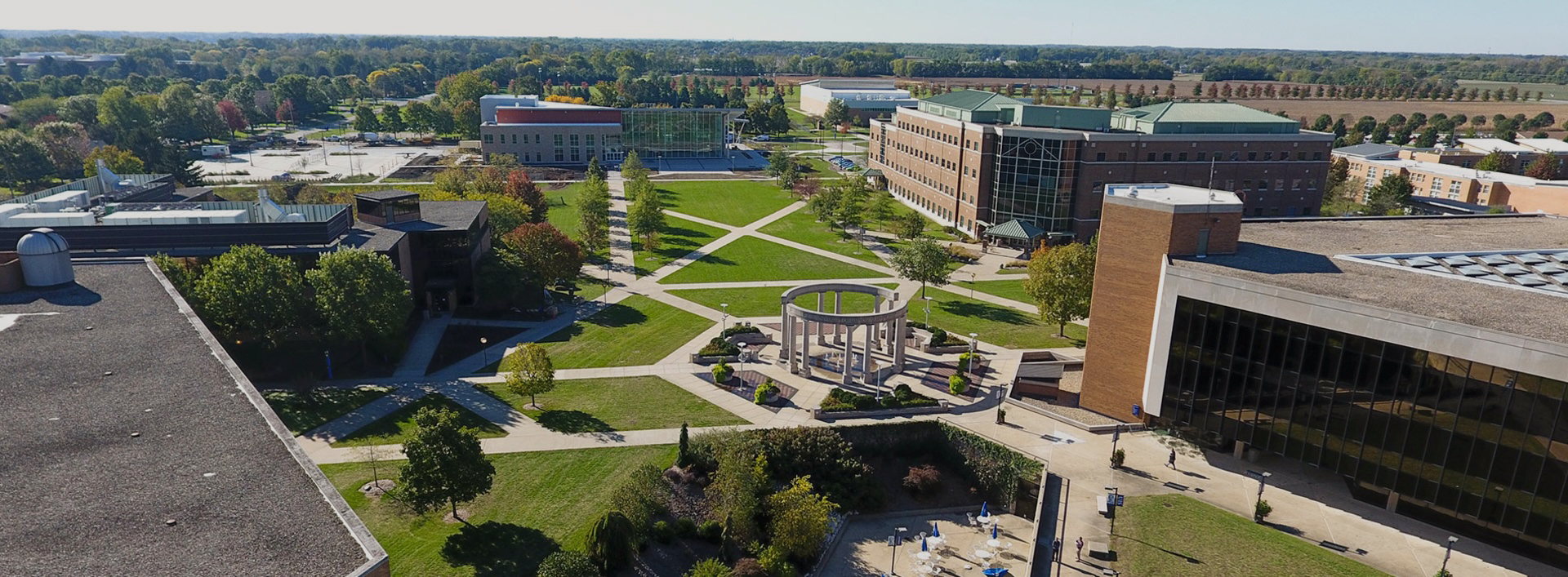Webquests use Internet resources in inquiry based learning. The focus is on using and evaluating information more than searching for it. Webquests usually provide the list of Web resources rather than require students to begin with a search engine. The model was first developed using the name Webquest by Bernie Dodge and Tom March at San Diego State University in 1995.
Appropriate Content Areas
All, although there are fewer examples in mathematics than most others.
Examples
San Diego State University has been maintaining a database of Webquests since 1996. This resource probably represents the largest collection of activities in this category.
Goals and Objectives
Several goals can be accomplished in a Webquest that address various levels of student learning. Bernie Dodge (1997), provides the following list of thinking skills abstracted from Marzano (1992) and paraphrased here into goal setting statements.
During and after performing the Webquest activity, students will…
- identify and articulate similarities and differences among x, y, and z…
- group a, b, c… into defineable categories based upon predetermined or student discovered categories…
- infer generalizations based upon readings…
- evaluate arguments made concerning x by resources a, b, …
- abstract the general theme of a given unit of information…
- identify, articulate, evaluate, and justify or make counterarguments for a given concept…
…as determined by successfully attending to 80% of rubric items.
Prerequisites
Before beginning a Webquest, students need to have a basic understanding of using a Web browser to obtain information. Students will also need the necessary prior knowledge for the given activity objectives. For example, to abstract the theme from a variety of information sources, the student will need the appropriate reading level and an ability to understand the concepts being discussed in order to decipher a theme in the first place.
Materials and Resources
Students should be given instruction on how to present any product from the Webquest. They should also be presented with the list of Web resources. The student will need Web access.
Guiding Questions for this Lesson
The guiding question will depend on the nature of the Webquest. A typical question may be how can the student decipher and analyze a given topic using selected Web resources.
Lesson Outline and Procedure
Standard Outline
- Students are presented with a centralized concept or question. This introduction provides any required prerequisite knowledge. It may also scaffold the activity to follow.
- Learners are also given a description of the procedures that should be used to find the answer to questions, primarily through Web-based resources. These resources are usually provided by the instructor.
- Guidance is also provided on how to organize, compile, reconstruct, and present any information that is found.
- Some form of conclusion brings closure to the activity. The closure may include student presentations, papers, and instructor summaries of student activities during the lesson.
Webquests can be designed as group activities in which Web resources can be split among students in a group. They may also involve individual students asked separate questions that combine into a centralized theme by the whole class.
Timeline
Short Term
- Learners quickly compile new information obtained primarily online and create a summary of their findings.
- Typically 30 minutes to 3 hours of work.
Long Term
- Students must extend and refine the information obtained primarily online.
- Typically about 5 to 10 hours of work.
Teaching Strategies
- Usually the Websites are preselected by the instructor. For advanced students, instructors may have the students consider additional searches to add to the provided list. Doing so will add an information evaluation aspect to the activity.
- You can also create a knowledge quest in which the Web is supplemented with traditional resources.
Accommodations
What accommodations may be needed for students with disabilities or other special needs? The Websites chosen for the quest should be tested for accessibility as needed.
Ideas for Lesson Evaluation and Teacher Reflection
How did the students like the lesson? End of semester evaluations should ask about the usefulness and learning accomplished through such activities. Also, the conversation that occurs during the activity will help guage how the students are enjoying various aspects and whether they are learning and/or participating.
How was student learning verified? Participation can be assessed in group exercises or discussion session. A rubric can also be set up to help gauge the quality of final work.
Useful References
- Educational Technology Department, (2007). The Webquest page at San Diego State University. Retrieved January 8, 2007, from http://webquest.sdsu.edu/.
- Marzano, R. J. (1992). A different kind of classroom: Teaching with dimensions of learning. Alexandria VA: Association for Supervision and Curriculum Development.
